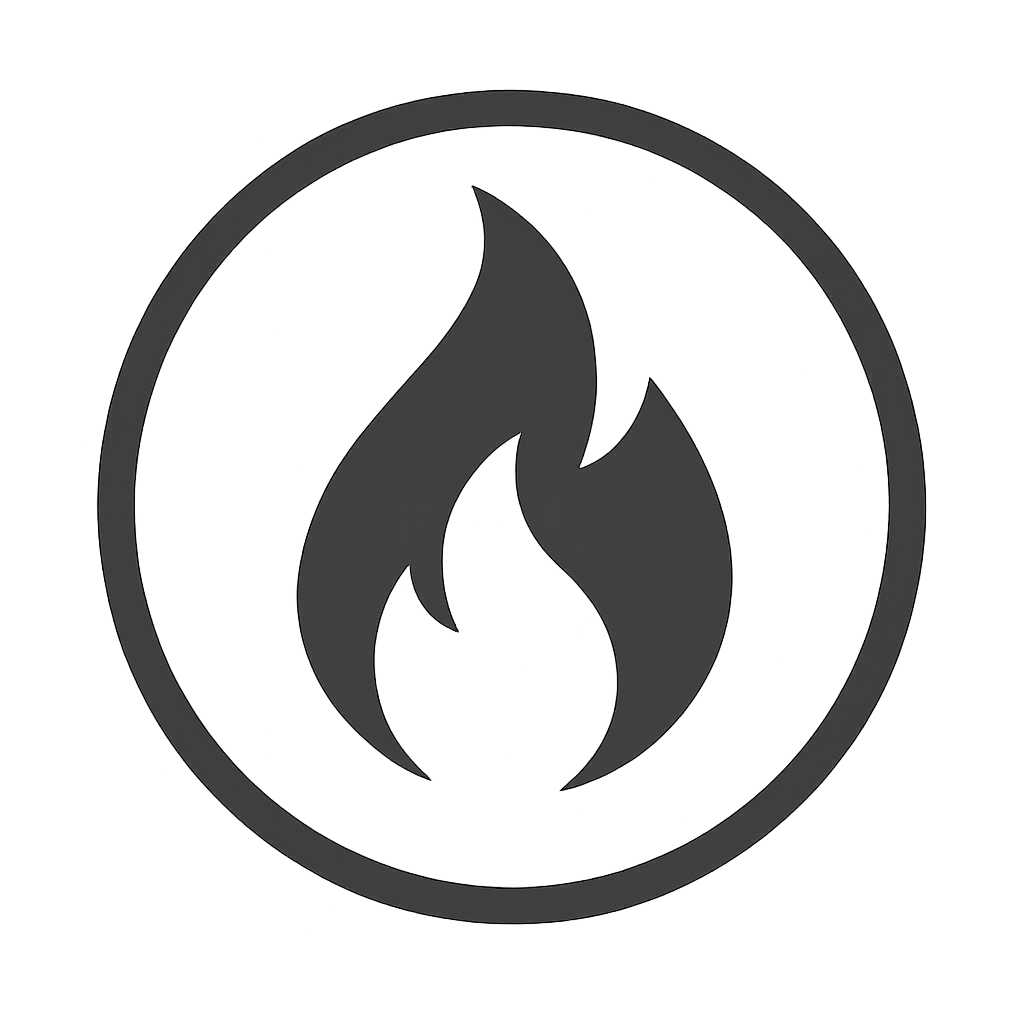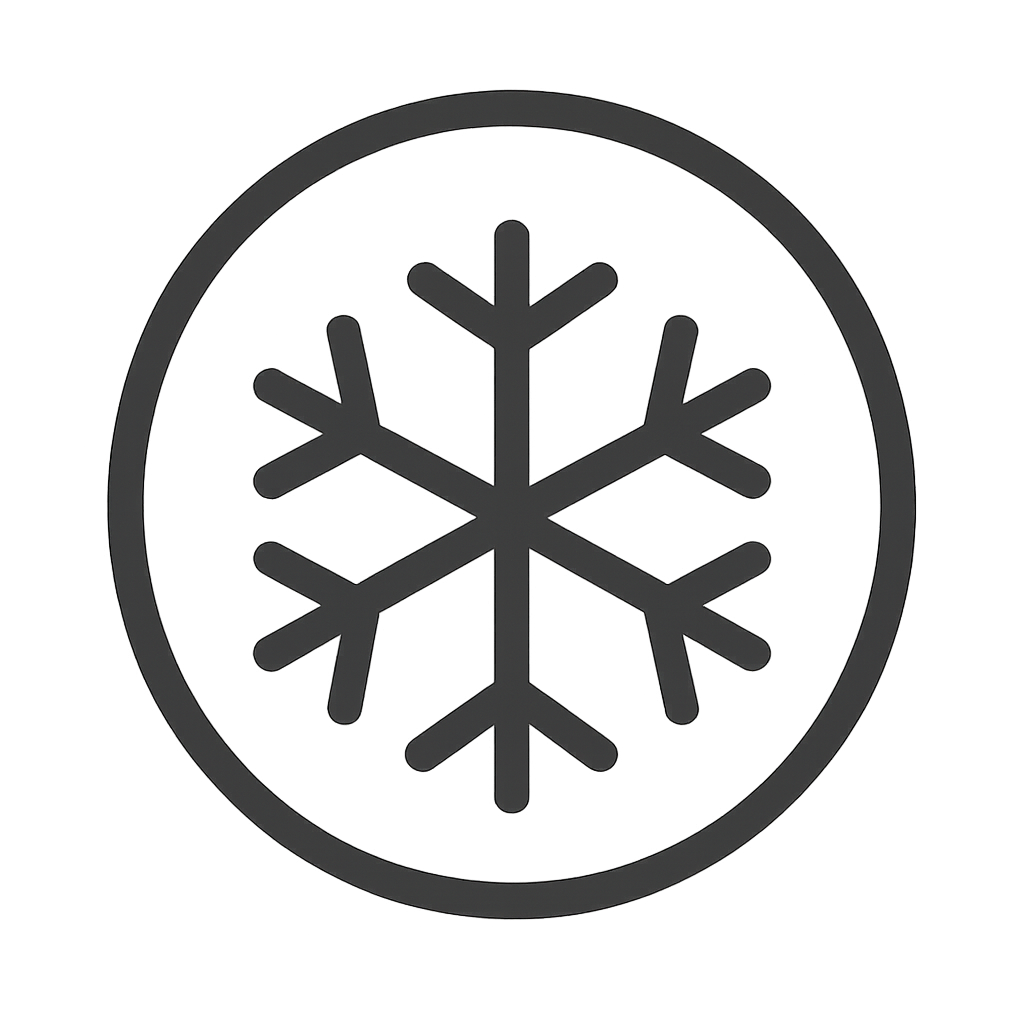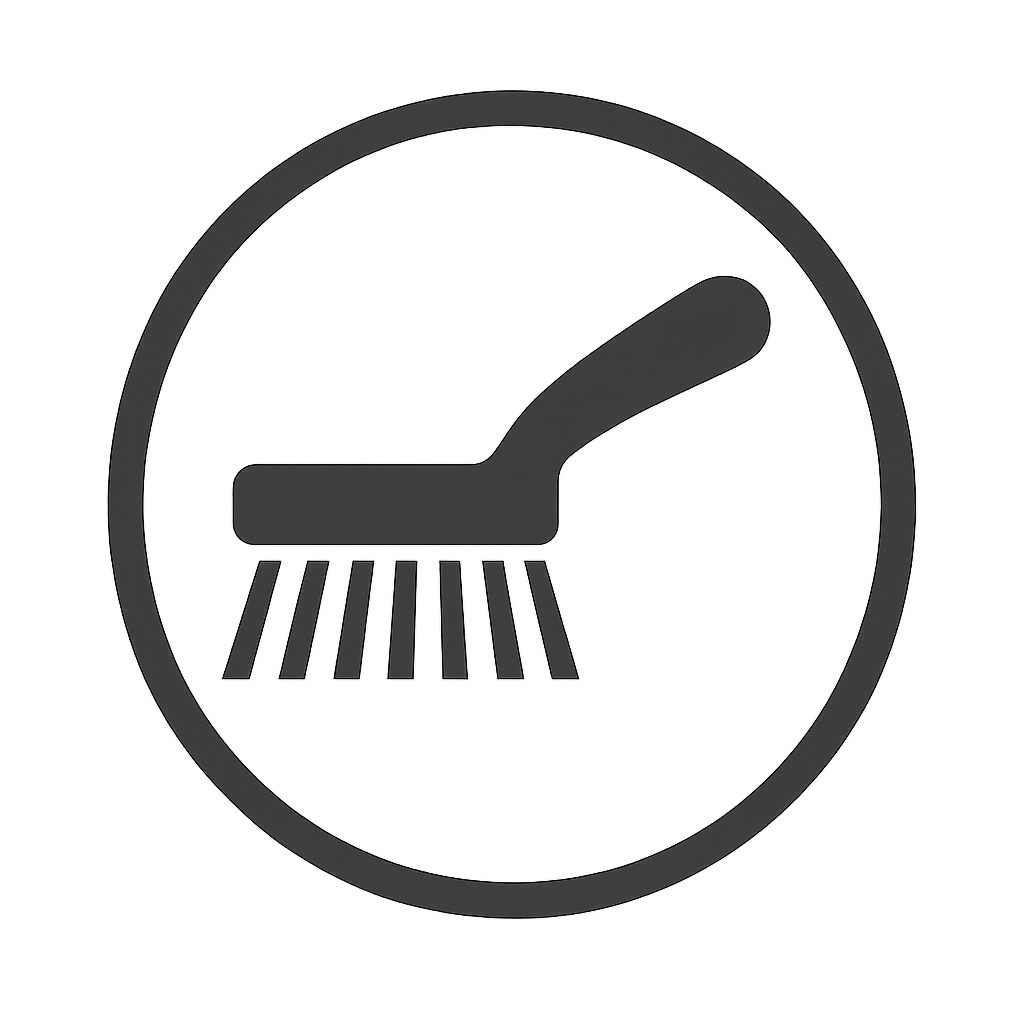About Yakisugi
Yakisugi, also known as Shou Sugi Ban, is a traditional Japanese method of wood preservation. The technique involves charring the surface of wood to enhance its durability and resistance to weather, insects, and decay. The word "Yakisugi" literally means "burnt cedar" in Japanese.
Yakisugi isn’t just about good looks—it’s a win for the environment too! Here’s why:
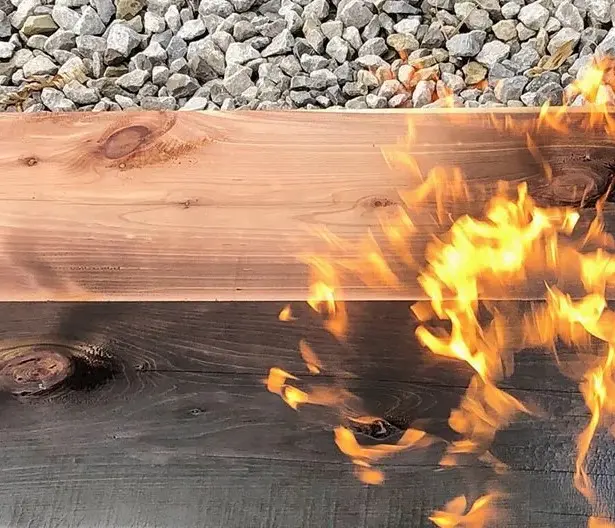
Eco-Friendly Preservation
Instead of using harsh chemicals, Yakisugi relies on fire to protect the wood. That means fewer chemicals end up in the environment.
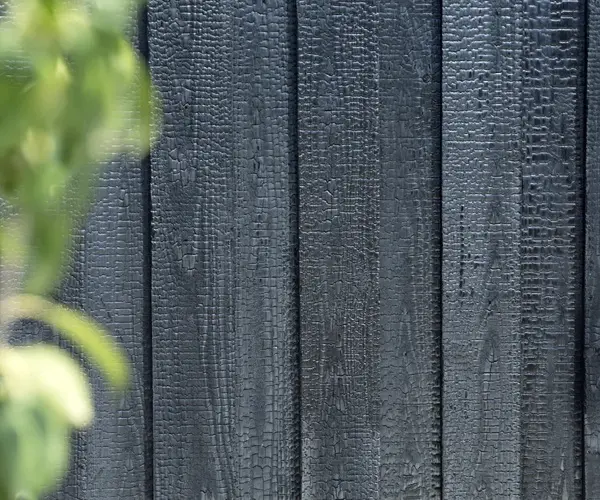
Durable and Long Lasting
Charring makes the wood super durable, so it doesn’t need to be replaced as often. That’s great for conserving natural resources.
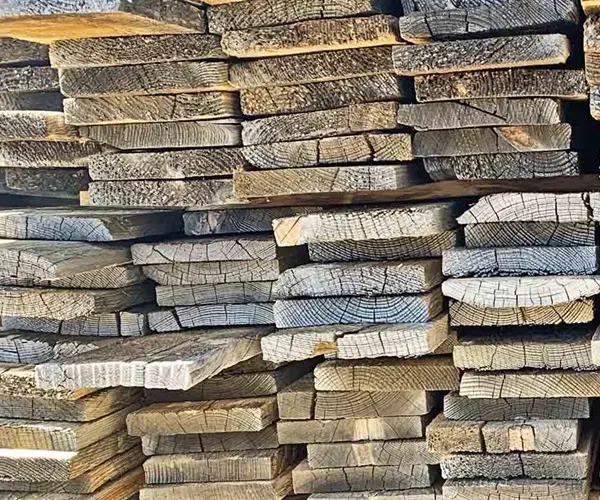
Sustainable Practice
By extending the life of the wood, Yakisugi helps reduce waste and supports the circular economy, where materials are reused and recycled.
In Australia, common reclaimed post-consumer timber suitable for Yakisugi includes:
- Reclaimed Australian Hardwood (Jarrah, Spotted Gum, Blackbutt): These durable hardwoods are often sourced from old structures like bridges, railway sleepers, and warehouses.
- Reclaimed Radiata Pine: Widely used in construction, it can be reclaimed from old framing, pallets, or furniture.
- Reclaimed Tasmanian Oak: Often sourced from old flooring, this wood is versatile and readily available in Australia.
- Reclaimed Cypress Pine: Naturally termite-resistant, it’s often reclaimed from old fencing, flooring, and outdoor structures.
- Reclaimed Red Ironbark: Known for its strength and durability, it can be sourced from old industrial sites or outdoor structures.
These reclaimed timber can be used for Yakisugi which is a simple yet effective process that involves three main steps:
1. Charring
The wood is exposed to an open flame until the surface is charred. This process typically lasts a few minutes.
2. Cooling
After charring, the wood is allowed to cool naturally or is quenched with water to stop the burning process.
3. Brushing
The charred surface is then brushed to remove loose soot and ash.
© Viabo Studio 2025. All rights reserved.
